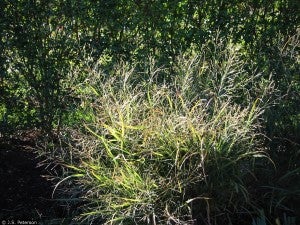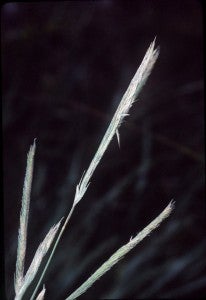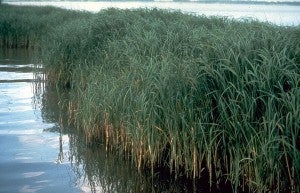Another piece of the puzzle: New study sheds light on oil’s effects on plant life
By Matt Phillips, National Wildlife Federation
The 2010 BP Deepwater Horizon oil disaster spilled nearly 200 million gallons of oil into the Gulf of Mexico. Oil coated the shore, covering hundreds of miles of coastline, including some of Louisiana’s coastal wetlands. Scientists have spent the years since the spill assessing its continuing impacts on Gulf wildlife and ecosystems. And next Tuesday in New Orleans, Phase III of the BP oil spill trial will start in New Orleans.
In a recent study, “Physiological relationship between oil tolerance and flooding tolerance in marsh plants,” Keri L. Caudle and Brian R. Maricle of Fort Hays State University in Kansas studied how oil affects plant health. Studies have demonstrated that oil can poison plants, and toxic chemicals in oil can prevent photosynthesis – the process by which plants convert sunlight to food. Since all Gulf Coast wildlife, including birds, turtles, dolphins and insects, ultimately rely on plants for food and shelter, the effects of oil on plant life could impact the entire Gulf Coast ecosystem.

Switchgrass (Panicum virgatum) is a flooding-sensitive species.
Besides a general toxic effect, relatively little is known about how oil impacts plant health. However, substantial research has assessed how plants deal with flooding. The authors of this study hypothesized that a plant’s response to flooding might be similar to its response to oil. In both situations, plants have a harder time absorbing oxygen from their surroundings. Oxygen is critical to a plant’s survival: Plants breathe similarly to humans at times, absorbing oxygen and exhaling carbon dioxide. If oil seeps into the soil, it could cover the plant’s roots, preventing them from absorbing oxygen.
The authors wanted to determine if oil harmed plants by preventing oxygen absorption or by poisoning them. To do so, they labeled nine species of plants as either flooding tolerant, moderately flooding tolerant or flooding sensitive. Because flooding prevents plants from absorbing oxygen from soil, flooding tolerance was an appropriate stand-in for oil tolerance. The researchers reasoned that if oil’s effects primarily prevented plants from getting oxygen, plants would have to breathe without taking in oxygen.

Prairie cordgrass (Spartina pectinata) is a moderately flooding-tolerant species.
Plants are able to breathe without oxygen temporarily and produce a certain chemical compound in their roots when doing so. Therefore, the researchers measured whether this chemical was being produced to determine if the plants were still breathing but forgoing oxygen. If the effects of oil were instead due to toxic effects, then the plants would be less able to photosynthesize because their cells would be poisoned and unable to function properly.
The experimenters observed three important results. They found that flooding-sensitive plant species were breathing without oxygen, suggesting that they were struggling to absorb it from the soil. They also observed that flooding-tolerant species were not having trouble absorbing oxygen, suggesting that their tolerance to flooding afforded them a higher tolerance to oil. Third, they discovered that, regardless of tolerance to flooding, plants exposed to oil were photosynthesizing less than under normal conditions. The researchers determined that the toxic effects of the oil were interrupting the photosynthetic process.

Smooth cordgrass (Spartina alterniflora) is a flooding-tolerant plant species.
The study concluded that oil affected plants most harmfully by preventing oxygen absorption, rather than through its toxic properties. Flooding-tolerant plants were better able to withstand the effects of oil, and continue absorbing oxygen, whereas flooding-sensitive plants had a harder time. They also recognized that across the board, oil proved toxic to plants. Oil tolerance followed flooding tolerance, but the toxic effects of the oil were still present across all species.
Plants are the foundation of the Gulf Coast ecosystem. Discovering the effects of oil on plant health is critical to understanding the full effects of the BP oil spill on Gulf Coast wildlife, as wildlife depend on plants for food and habitat. With this study, we have another piece of the puzzle.